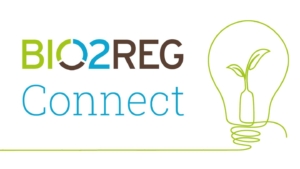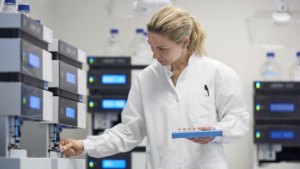
Product hopping Boon or Bane?
Intellectual Property Providing access to medicines at affordable prices while maintaining incentives for the originators to invest into significant innovations is a balance that's hard to find. Product hopping is a strategy for originators to minimise the erosion of their sales that has caught the attention of regulators and courts.
Product hopping, is a term used to describe a concerted patent, regulatory, and marketing strategy employed by pharmaceutical originators to protect sales of a successful drug. For example, a pharmaceutical company might introduce a new formulation of a drug that is patent protected before it faces significant price erosion due to generic entry. The marketing authorization for the old formulation is eventually deregistered and the originator may engage in a marketing campaign to disparage the old formulation. Hence, patients are switched to the new patent-protected formulation before generic entry.
There is a growing number of case laws in the US and Europe that illustrate the competition law risks involved with such product hopping. It is not the introduction of a novel product alone that has caught the attention of the courts and regulators: it has been the combination of different patent, regulatory, and marketing strategies that was eventually found to be abusive.
The new drug formulation may or may not be truly innovative. Critics say that such new drugs are the result of marginal innovation and incremental patenting of existing products. This would allegedly allow originators to preserve market exclusivity, but without significantly improving the standard of care. In addition, the pharmaceutical company has patented numerous improvements, including medical devices that may provide for a more convenient or safer application of this new formulation. This may lead to numerous patents covering said improvements, and may eventually lead to a patent thicket. These patents are also called evergreening patents, if they meet the definition as artificially extending the protection cliff.
For instance, AbbVie was accused of evergreening its blockbuster Humira with an extremely thick patent thicket. The drug has more than 100 patents. Humira is already the bestselling drug in the world. Amgen and Boehringer Ingelheim have had FDA-approved biosimilars to Humira but couldn’t launch them for quite some time, due to AbbVie’s patent shield. This led to patent disputes being litigated all over the world.
What was the subject of AbbVie’s thicket patents? At first, Humira was marketed in a formulation comprised of a citrate buffer that caused pain immediately following injection. In the improved formulation, sodium citrate, known to cause pain, was removed. Other improvements concerned the application device, a pen. The injection volume was reduced by 50%, and the needle was thinner.
If one looked closely at the Humira portfolio, less than 10 patents constituted an obstacle to generic entry, because the patented improvement could not be applied to the generic product, and thus, the generic had a competitive disadvantage, as the generics could only market the sodium citrate formulation that caused pain. This made the generics cry out loudly and complain about the unfair patent thicket, though it could be argued that 100 patents did not constitute an obstacle, and the said 10 patents that covered later, valuable improvements were rightly granted. Thus, it could be questioned whether the patent thicket debate is a clever marketing campaign of the generics. Remarkably, politicians have jumped on the bandwagon. US Senators Corbyn and Blumenthal introduced a bill called Affordable Prescriptions for Patients. This would empower the Federal Trade Commission (FTC) to challenge the originator as being anti-competitive and enable the FTC to bring antitrust suits against originator companies who build up secondary patent protection.
However, the European Court of Justice has recognized that it is legitimate for pharmaceutical companies to adopt strategies seeking to minimize the erosion of their sales when faced with competition from generic products. [AstraZeneca v Commission, Case C-457/10 P, at 129]. According to this view, there is nothing inherently wrong with product hopping. In addition, the development of a new and improved formulation of a drug can be extremely beneficial, both to the patients that might find it more effective, safer, or more convenient, and to society, for the jobs created in researching, manufacturing, and marketing the new product.
The question remains: where is the line between providing incentives for innovations, even for improving old drugs, and abusive evergreening strategies that artificially extend protection. There is a call for the pharmaceutical originators not to abuse the patent system with anti-trust behaviour. But, there is also a call to politicians not to throw out the baby with the bath water. We do need patent protection for later improvements of already-marketed drugs; otherwise, no one would provide them, which would be detrimental to the patients. Yet, we also need to secure generic entry at a certain point of time, in order to have a balanced ecosystem that provides access to affordable medicines. The decision on how to secure such a balanced system should be determined according to competition law on a case-by-case basis.
Dr UTE KILGER (German Patent Attorney and European Patent and Trademark Attorney, Partner at
Boehmert & Boehmert) specialises in all kinds of patent-related issues concerning the obtaining and enforcement of property rights, due diligence, mergers and acquisitions, contract negotiations, and licensing agreements.
First published in European Biotechnology Magazine Spring 2020


 BIOCOM / aminul788 - Adobe Stock
BIOCOM / aminul788 - Adobe Stock Bayer Co.Lab
Bayer Co.Lab